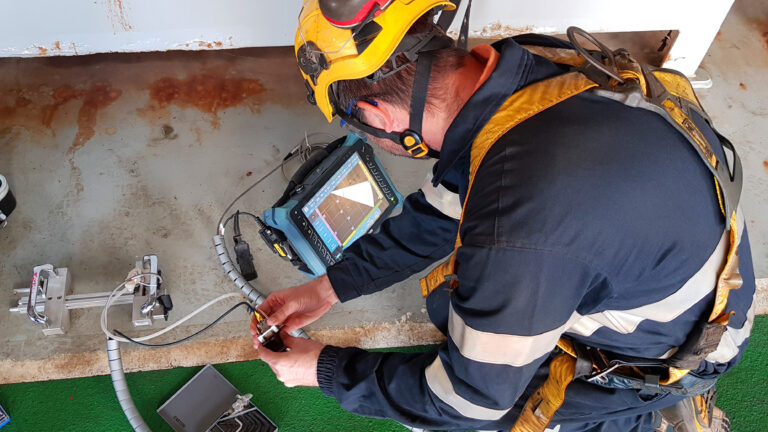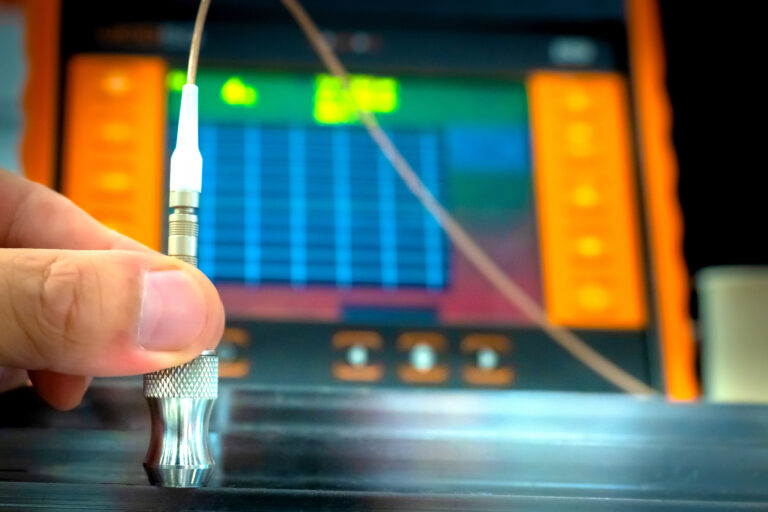The Advancements of TFM and FMC Signal Processing Techniques in Phased Array Ultrasonic Testing
Introduction
Phased Array Ultrasonic Testing (PAUT) is a crucial inspection technique that has been used in the Oil and Gas industry for decades. Recent advancements in signal processing techniques, such as Total Focusing Method (TFM) and Full Matrix Capture (FMC), have revolutionized the way PAUT inspections are performed. In this article, we will explore the benefits of TFM and FMC signal processing techniques and how they are reinventing modern PAUT inspections.
The Advancements of TFM and FMC Signal Processing Techniques
TFM and FMC signal processing techniques are advanced signal processing techniques that provide enhanced ultrasonic imaging capabilities. TFM uses advanced algorithms to generate a detailed image of the entire inspection area, providing precise information on the location and size of defects. FMC captures the entire waveform of the ultrasonic signal, allowing for better signal analysis and defect detection.
Reinventing Modern PAUT Inspections
The benefits of TFM and FMC signal processing techniques are vast, and they are reinventing modern PAUT inspections. These techniques provide higher resolution images, improved defect detection, and accurate sizing and location of defects. With the use of these advanced signal processing techniques, PAUT inspections can be performed faster, with higher accuracy and reliability.
Advancements in Automated Scanning Systems
In addition to TFM and FMC signal processing techniques, advancements in automated scanning systems have further improved the efficiency and accuracy of PAUT inspections. Automated scanning systems can scan large areas of infrastructure quickly and accurately, reducing the need for human intervention and minimizing downtime.
The Benefits of TFM and FMC Signal Processing Techniques
The benefits of TFM and FMC signal processing techniques are vast, and they are transforming modern PAUT inspections. These techniques provide higher resolution images, improved defect detection, and accurate sizing and location of defects. With the use of these advanced signal processing techniques, PAUT inspections can be performed faster, with higher accuracy and reliability.
Conclusion
The advancements in TFM and FMC signal processing techniques, coupled with automated scanning systems, have revolutionized PAUT inspections in the Oil and Gas industry. These advanced signal processing techniques provide higher resolution images, improved defect detection, and accurate sizing and location of defects. PAUT inspections can be performed faster, with higher accuracy and reliability, providing significant benefits to the industry. As technology continues to evolve, we can expect further advancements in PAUT inspections, leading to safer and more efficient operations in the Oil and Gas industry.




